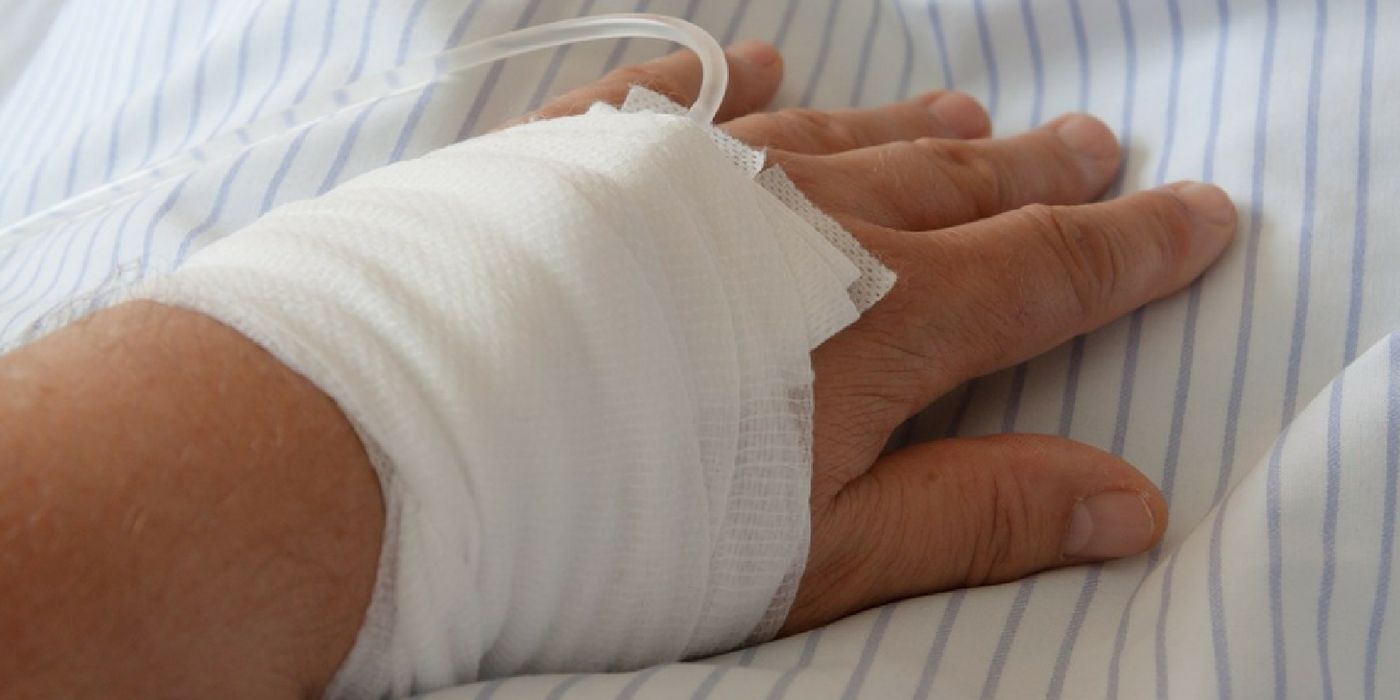5G Wireless Technology is Coming to ... Bandages?
Scientists at Swansea University's Institute of Life Science (ILS) are preparing for what could be the first clinical trial involving smart bandages that monitor wound healing in real-time.
There’s a real knowledge gap with traditional bandages. No one knows exactly what’s going on under the layers of gauze and tape until the big reveal moment. Doctors can assume wounds are healing like they’re supposed to, but that’s not always the case. The new smart bandages will use 5G technology to provide doctors with real-time information about the condition of the wound from the start. The goal is to eliminate the guessing game when it comes to wound care.
These bandages are smarter than the traditional counterpart because they are 3D-printed with nano-sized sensors that will utilize 5G wireless data. "5G is an opportunity to produce resilient, robust bandwidth that is always there for the purpose of healthcare,” said Professor Marc Clement, chair of the ILS. Furthermore, he said “Nanotechnology allows us to produce sensors to reduce the dimensions so that they are very, very small.
With this innovation, scientists hope to offer truly comprehensive wound monitoring. For example, your doctor could know whether a wound is clotting abnormally or is developing an infection before the situation turns dire. Knowing and treating the problem before it gets out of hand can be the difference between a properly healed wound and life-threatening septic shock.
“This is a multi-technology approach, with nanotechnology, nanoelectronics, printing and coating biochemistry all interconnecting through 5G infrastructure to allow us tomorrow and in the future to deliver health care for a wound patient that delivers better patient outcomes and better quality of life,” said Professor Clement.
The trial is slated to start within the next 12 months. Until then, engineers have to build the 5G infrastructure in Swansea, and biomedical experts will have to refine the nano sensor technology while reducing the cost of the 3D-printed bandages. Still, this is a big leap forward in the field of wound care.
“Traditional medicine may be where a clinician might see a patient and then prescribe the treatment approach for a month or three months. What the future holds is a world where there's the ability to vary the treatment to the individual, the lifestyle and the pattern of life,” said Professor Clement. "Sometimes we revere doctors so much that we tell them all is well but all of the evidence is there before them in this 5G world, so the clinician and patient can work together to address the challenge."
Additional sources: BBC









